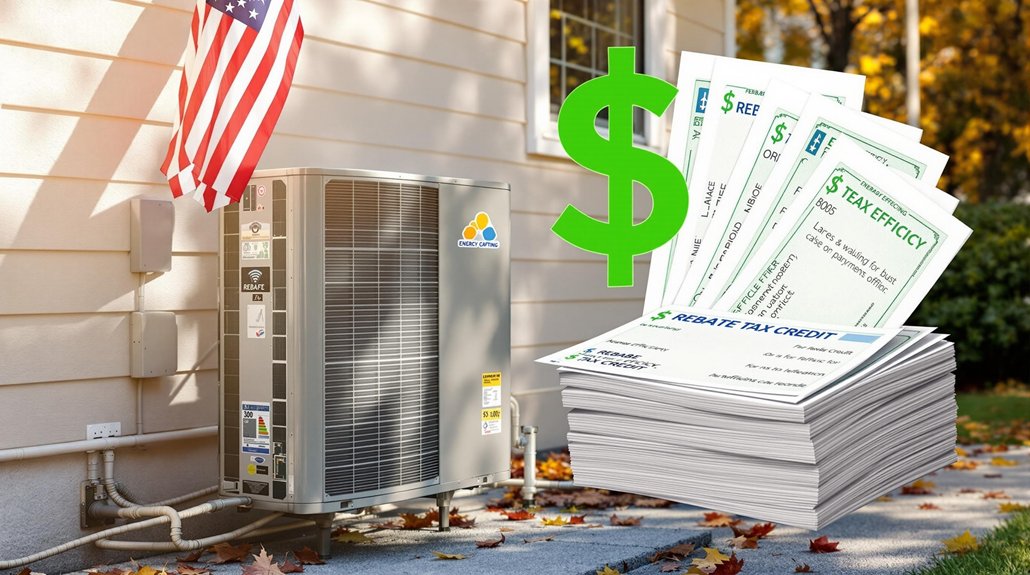As an unusual alliance forms between corporate America and environmental groups, both sides are fighting to protect the Energy Star program from potential budget cuts. Established by the EPA in 1992 and later formalized by Congress in 2005, Energy Star has become a household name recognized by nearly 90% of Americans.
The program’s impact has been substantial since its creation. Energy Star has saved 5 trillion kilowatt-hours of electricity and prevented 4 billion metric tons of greenhouse gas emissions. American families and businesses have enjoyed over $500 billion in energy cost savings, with $42 billion saved in 2020 alone.
Energy Star’s legacy: 5 trillion kWh saved, $500 billion in consumer savings, and 4 billion metric tons of emissions prevented.
What makes Energy Star remarkable is its efficiency. Every $1 spent on the program yields $350 in energy savings. Despite this success, funding hasn’t kept pace with inflation. The current budget of $35.7 million is less than half of what it would be if adjusted for inflation.
The program enjoys wide support from major corporations. All 20 of America’s largest homebuilders participate, along with more than 3,000 builders, developers, and manufacturers. These Energy Star-related businesses employ about 290,000 American workers.
Environmental groups champion the program for its climate benefits. In 2022 alone, Energy Star helped reduce emissions by 400 million metric tons, equal to removing about 100 coal-fired power plants for a year. These reductions improve air quality and public health, with fewer cases of asthma, respiratory illness, and heart disease. This aligns with geothermal energy’s appeal of producing 99% less carbon dioxide than traditional fossil fuels per megawatt-hour of electricity generated.
The program has maintained bipartisan support throughout multiple administrations. Both fiscal conservatives and environmental advocates praise its effectiveness. For conservatives, it represents smart government spending. For environmentalists, it’s a proven tool to fight climate change. Elements of the program have been successfully implemented in several countries, including Canada, Japan, and Switzerland.
For low-income households, Energy Star’s benefits are especially important. Energy efficient appliances and homes help reduce utility bills, providing financial relief where it’s needed most. The average American household saves roughly $450 annually on energy bills by using ENERGY STAR certified products.
This rare alliance of business interests and environmental concerns demonstrates that Energy Star’s practical benefits transcend political divisions.








